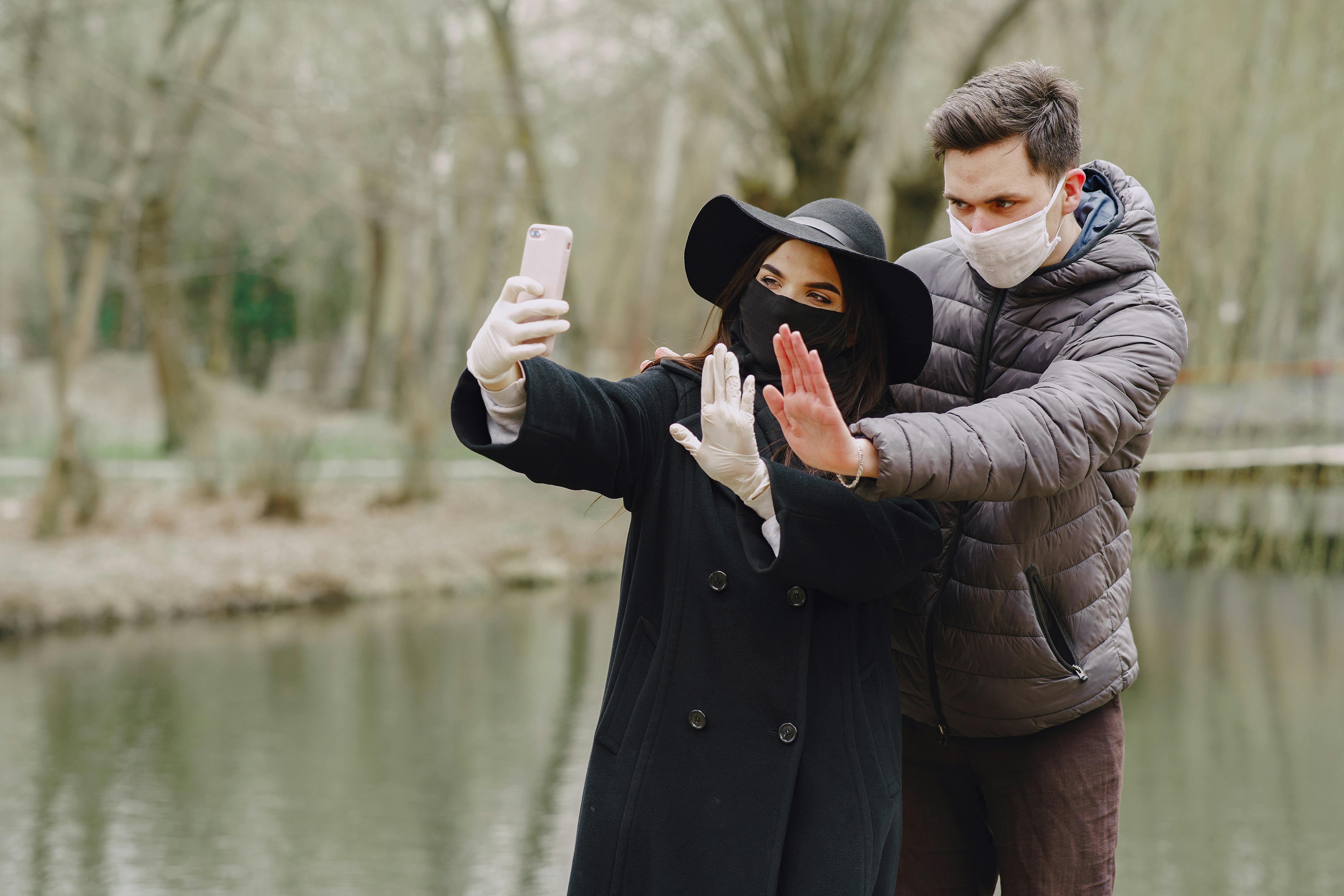HOW TO PAINT LIGHT
I teach students to paint and draw light. I am also a lighting specialist. My fascination with light encompasses not only the commercial and retail aspect, but also the artistic one. Once drawing and painting skills are developed to the point where students can accurately write what they see, the creation of light and shadow is studied and faithfully outlined matter emerges into a world of space and volume.
LEARNING TO SEE
Basically, the representation of light and shadow is achieved by using light and dark colors in painting and tonal gradations in drawing. For a beginning student, this often requires some visual skills. First, I tell the student that they need to convert what they see into a two-dimensional vision that they can translate to a two-dimensional surface such as a canvas or a sketchbook page.
POWERFUL GRILLES
Viewing objects in two dimensions can be done in several ways. The easiest (and most tested) is to build a grid in front of the subject, which could be real objects, a photo or an image. This can be done in the simplest way by holding a pencil vertically and horizontally against the objects seen, comparing their shapes with the vertical and horizontal lines of the pencil.
Another time-tested method is to literally build a grid on flat glass or Plexiglass and place that grid in front of objects. Now the viewed objects are crossed by many squares (depending on how big or small the squares on the grid are). Each quadrant (square) of the grid can be independently painted or drawn, and by completing the entire grid, the composition of the objects is finished to compose an accurate picture of the objects.
Light and shadow are more easily distinguished and created with this grid method. The way objects are illuminated can be defined on paper or canvas by observing and recreating the light and shadow at play in each quadrant. By achieving this by shading and highlighting, lighting is created and thus volume, the illusion of three-dimensional space is created, being reborn on a two-dimensional surface.
FIRST LINE AND COLOR
Precision, as well as light and shadow, were not always the motivation behind the rendering of artistic images. Before the Renaissance, works of art in Europe represented objects (figures, landscapes, buildings) in a flat space. There were neither lights nor shadows. The figures were outlined and colored in a style much like a coloring book. These images translated well into stained glass and mosaics. Its simplicity of line and color contributed to the strength of the iconography, often of religious importance.
EARTH LIGHT
With the discovery of perspective, space and volume became important to artists, as well as the representation of light and shadow. Symbolic icons and images described by lines gave way to representations of illuminated spaces. In perspective, objects move back and forth in a two-dimensional space that is totally visually believable. To augment the figures moving forward and backward with directional lights and shadows he completed the credibility, creating a world that the eye could explore as a simulated and illuminated three-dimensional environment.
GOLDEN LEAF IN EARTH LIGHT
The spiritual light, vehicle of the infinite, was often expressed through the use of gold leaf in medieval altarpieces. The warm, bright and reflective surface behind the religious figures infused the work with a rich and reassuring statement: the glory of heaven and the power of God. A more earthly light replaced gold leaf in the Renaissance. The spirit figures were bathed in sunlight and shrouded in shadow. The light that illuminated the humble shepherds was the same light that shone on Jesus and his followers.
REPEAT HISTORY
It is interesting to me that the journey that a beginning student of drawing or painting takes often reproduces the historical transition from medieval use of line and color style to Renaissance application of illuminated space and volume. And, with more advanced students, his journey often continues to echo the contemporary return to line and color, the preference for depicting flat, shallow spaces and solid colors.
I find this comforting. The art world is very open, brimming with styles, images, materials, and skills. For today’s artist, everything is available to use for a creative purpose. The whole story, as well as the latest tech / digital images, are ready to be researched and developed.




